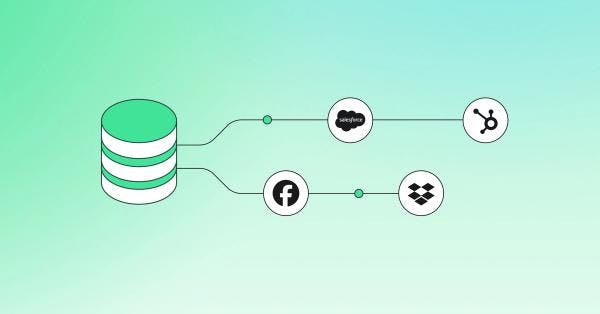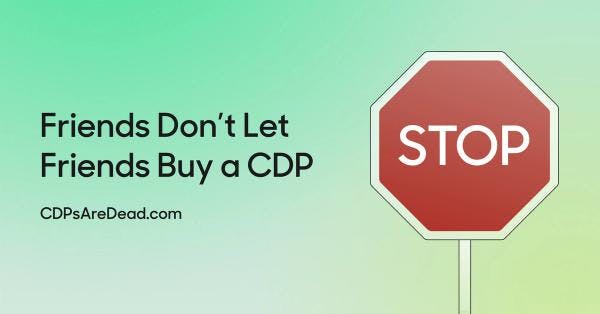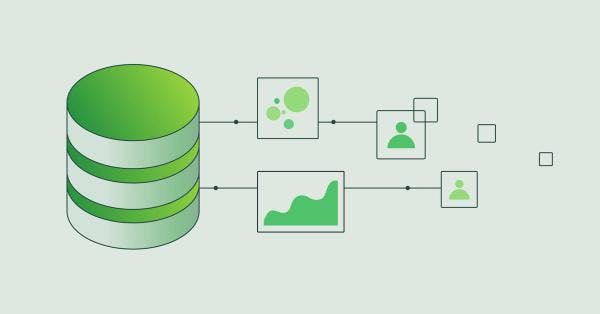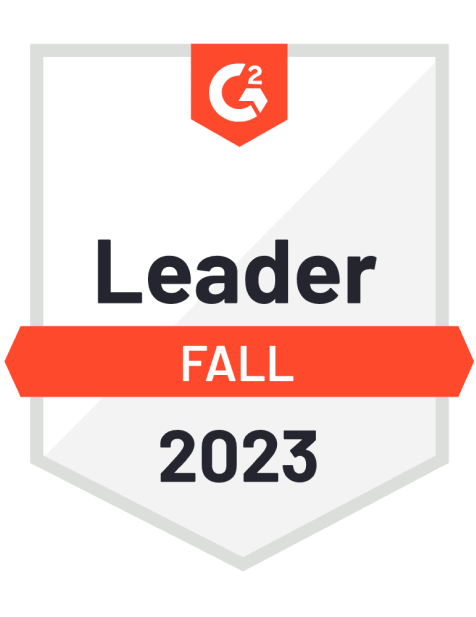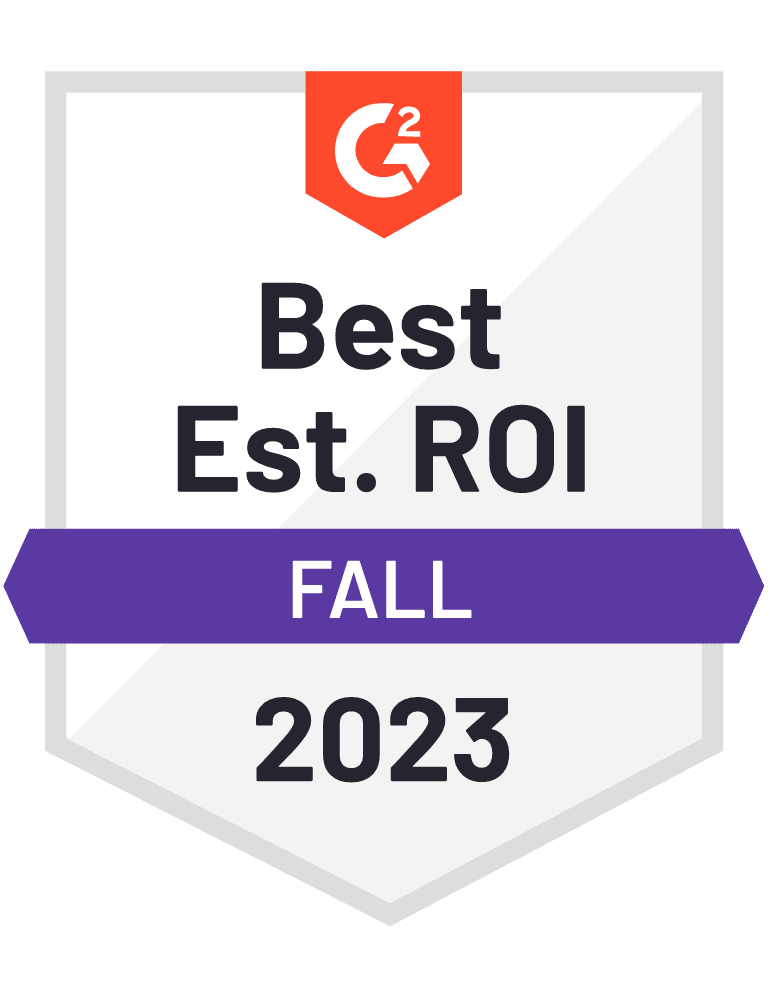Retargeting vs. Remarketing: Which One Should You Choose?
Learn how you can use retargeting and remarketing to convert potential customers and drive engagement with existing or dormant customers.

Craig Dennis
April 1, 2024
7 minutes
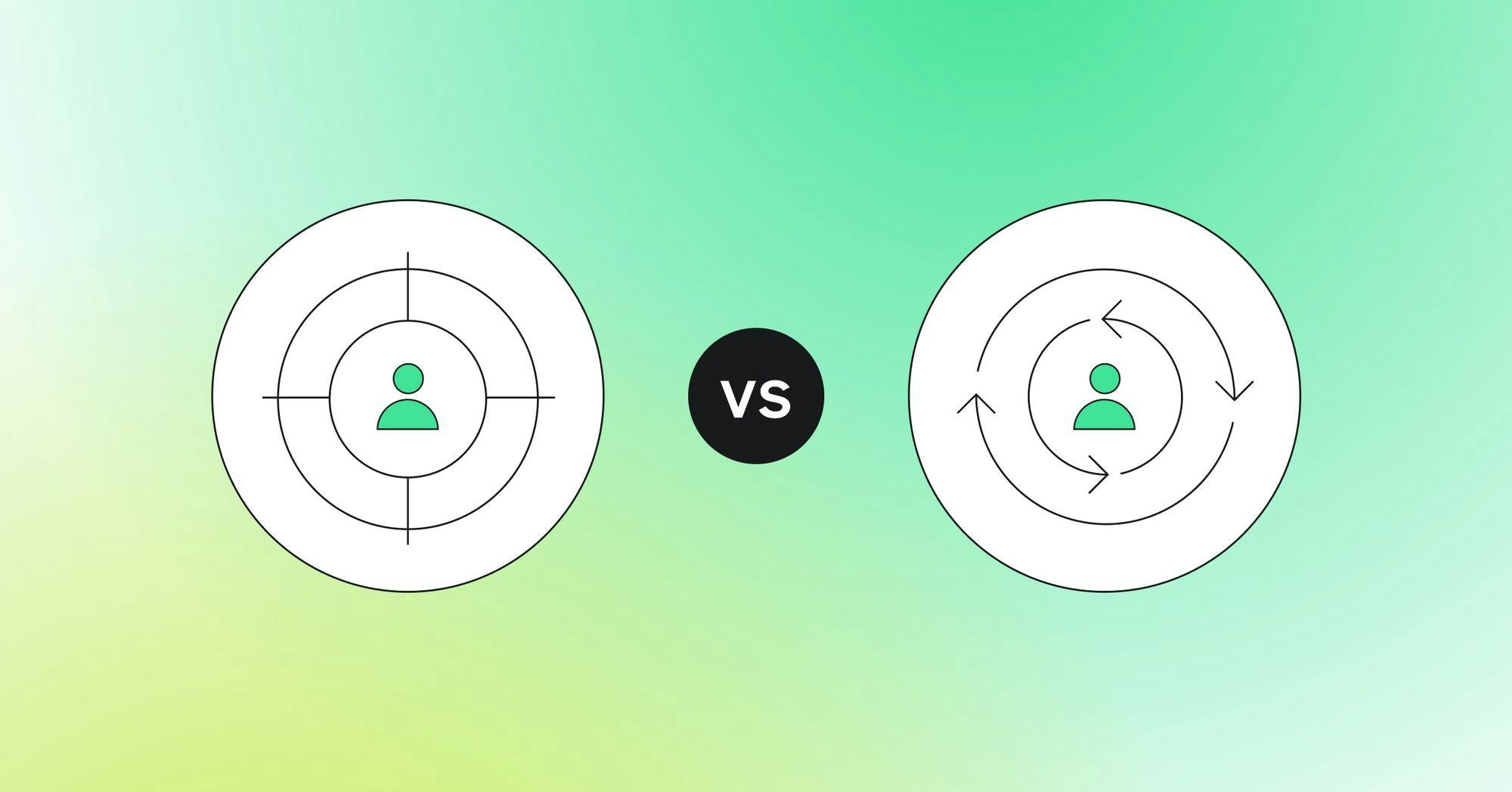
Have you ever wondered how Facebook knows when you’re interested in Nike sneakers or how Amazon knows you forgot to order that rug in your shopping cart? You might think it’s because they’re spying on you, but the reality is that you’re simply in a retargeting or remarketing campaign.
In this article, you’ll learn:
- What’s the difference between retargeting and remarketing?
- How does retargeting work?
- How does remarketing work?
- Retargeting use cases
- Remarketing use cases
What’s the Difference Between Remarketing and Retargeting?
Remarketing and retargeting are two similar marketing campaigns marketers use to convert potential customers and engage with existing or dormant customers. Remarketing campaigns target users based on their purchase interest with a brand, and retargeting campaigns target existing customers based on their engagement with a brand.
What is Retargeting?
Retargeting is the process of trying to convert potential customers who have performed a specific action that signals interest in your business, like viewing a specific product, adding an item to their cart, or signing up for a demo.
Your goal with retargeting is to reach out to these customers through display ads, SMS, or email to try and convert them. An example of retargeting is if you send an email to a customer who went through the checkout process but abandoned it. With a retargeting campaign, you could create an email encouraging them to return and complete their purchase.
You can also retarget from on-site and off-site interactions. On-site interactions are events that a customer has directly performed on your website, and off-site interactions happen on other platforms, such as social media platforms. You can retarget users who display high-intent signals, like commenting on one of your social posts or watching a demo video.
You can use a Pixel or a Conversion API to collect and send customer and conversion data to ad platforms to help with audience building and campaign optimization. However, with the deprecation of third-party cookies, the Pixel is dying out, and companies favor using Conversion API.
What is Remarketing?
Remarketing is the process of trying to re-engage with dormant or churned customers to increase their lifetime value and drive them to an action like purchasing a product or re-subscribing to your service.
The primary goal of remarketing is to keep customers engaged with their brand so they spend more money on your products and services. For example, if you’re a coffee company like Starbucks, and a customer hasn’t bought a drink in the last two weeks, you could send them an email with a special promotion to try and get them back in your store.
How Does Retargeting and Remarketing Work?
The key to running effective retargeting and remarketing campaigns is linked to your data infrastructure. If you have a lack of customer data or have trouble accessing it, it’s going to make it difficult to get the results you want.
Before you can even start thinking about retargeting or remarketing, you need to be collecting customer behavioral data. This will give you the insights you need to segment your audience and understand what your digital marketing strategies are going to be.
The most common way to capture this data is via an event tracking tool. They provide a software deployment kit (SDK) you can deploy to your website, server, or mobile app to capture user-completed events, such as viewing a page or adding an item to your cart.
To maximize the benefit of this data, you need to consolidate it into a single location. Most companies use a data warehouse or a Customer Data Platform (CDP), but there’s a growing trend to use both or a Composable CDP.
With a Composable CDP, you can build your audience with not just your behavioral data but any of your customer data and then sync those target audiences to different marketing tools. With all your customer data available, you can build more specific audiences to power your retargeting and remarketing campaigns and create hyper-personalized messaging to help your conversion rates.
Retargeting Use Cases
Retargeting gets you in front of your customers at relevant times based on user behavior to try and convert them to an action they didn’t take. Get inspired with these retargeting strategies.
Cart Abandonment
Cart abandonment campaigns help you to encourage users to come back and complete their purchase. If you’re an e-commerce company like Amazon, you probably have users adding items to their carts all the time. The downside is that you likely have an equal number of people abandoning their shopping carts without completing their orders. To increase the number of customers completing their orders, Amazon sends personalized emails or push notifications reminding them to complete their purchase so the items arrive by the desired date.

Dynamic Ads
Dynamic ads let you upload your product catalog to an ad platform, so it easily shows items a customer may be interested in without creating multiple ad campaigns. If you’re an online clothing store like Nike, you might have a large catalog of products a user can browse. The problem is that creating campaigns for every item in your store can result in hundreds of campaigns. By uploading the entire product catalog to an ad platform, Nike can use dynamic ads to display the right product based on the user's behavior on your site.
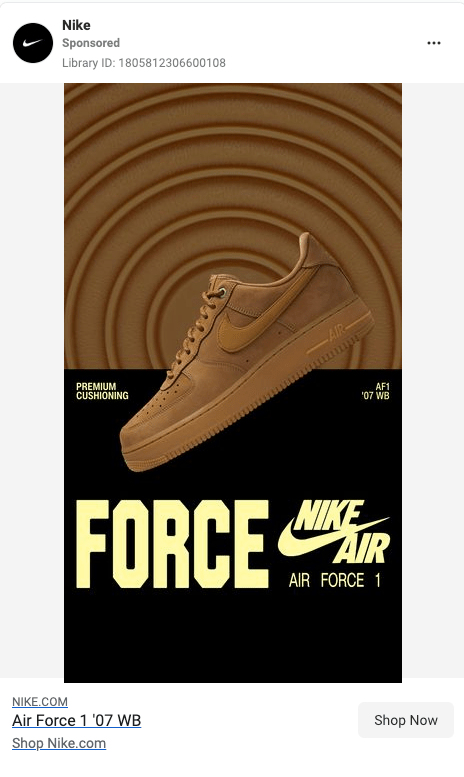
Re-engagement
Re-engagement campaigns help users return to your business and continue getting value from your product or service. If you’re an online video streaming service like Netflix, you want users to watch content on your platform. One way Netflix solves this problem is by sending customers personalized emails nudging them to continue watching or alerting subscribers when new content is released that they might be interested in.

Remarketing Use Cases
Remarketing is great for getting back in touch with dormant customers or helping to increase the revenue from existing customers. Here are some of the most common remarketing strategies that companies use today.
Win Back
Winback campaigns help bring back revenue from churned or dormant customers. If you're an audiobook subscription company like Audible, customer churn is inevitable. Users could be churning because they no longer feel they get the value from your service or simply can't afford it. Audible solves this problem by sending winback emails to try and re-engage customers with special promotional offers.

Loyalty Programs
Loyalty programs encourage customers to make repeat purchases by offering them special rewards and discounts. A great example of this is PetSmart. PetSmart has a loyalty program with over 65 million users. The company constantly engages with these customers via personalized emails, SMS, and push notifications tailored to each individual household or pet owner, subsequently increasing incremental sales by 25% percent.
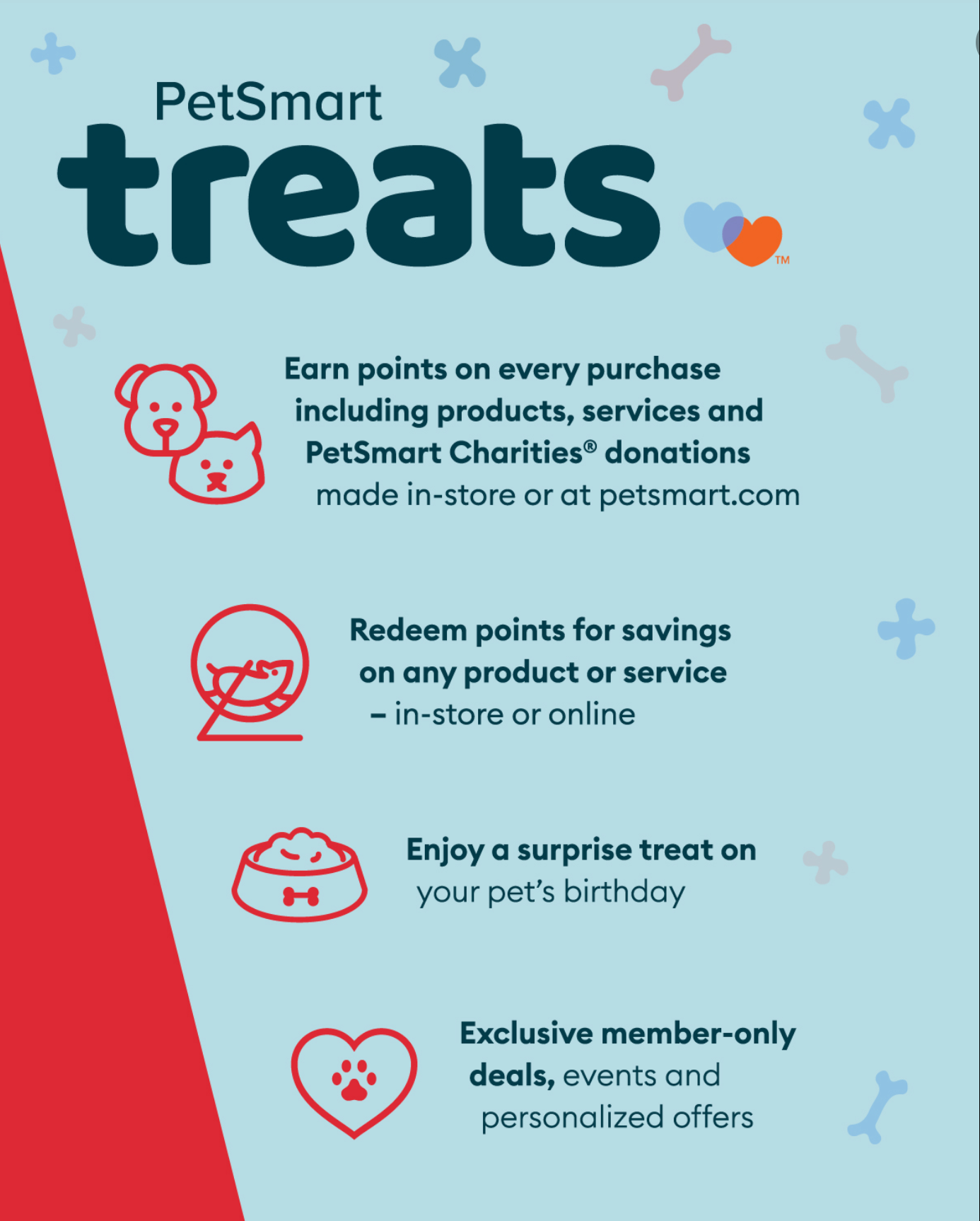
Upsells Campaigns
Upsell campaigns help you increase your customers' lifetime value and annual recurring revenue. For example, a music streaming service like Spotify has many free users. However, a core use case for the company is converting those users to paid subscriptions. In the case of Spotify, the company does this by allowing users to trial their premium ad-free offering at no charge, knowing a sub-portion of those users will stay subscribed after seeing the product's value.
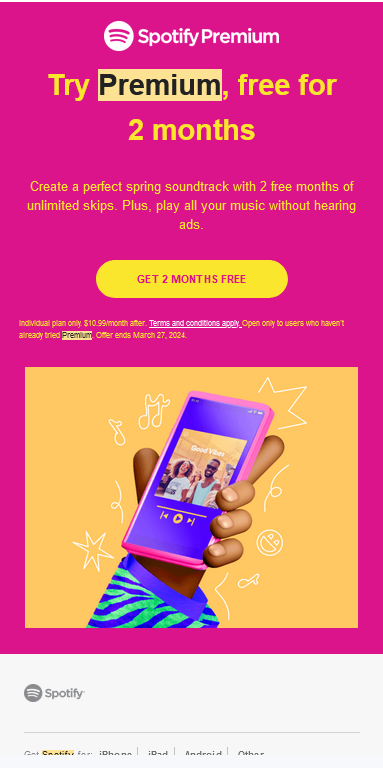
Closing Thoughts
Retargeting and remarketing campaigns are incredibly valuable, but actually building the audiences needed to power these campaigns can be quite challenging. Getting hold of the data you need to build these audiences is difficult. Many companies are turning to Composable CDPs like Hightouch to combat this challenge.
Hightouch is a Composable CDP that provides a suite of marketer-friendly tools you can use to build and manage audiences directly from your data warehouse and automatically sync those audiences to all of your different ad networks and marketing channels so you can deliver personalized experiences and orchestrate multi-channel campaigns. If you want to learn more, book a demo with one of our solution engineers to learn how Hightouch can help.
